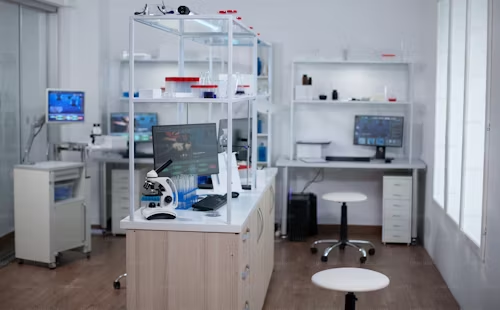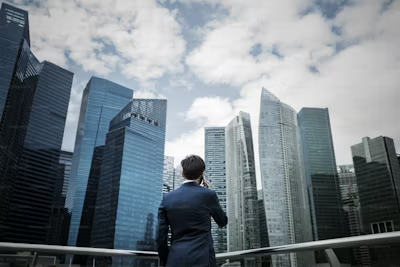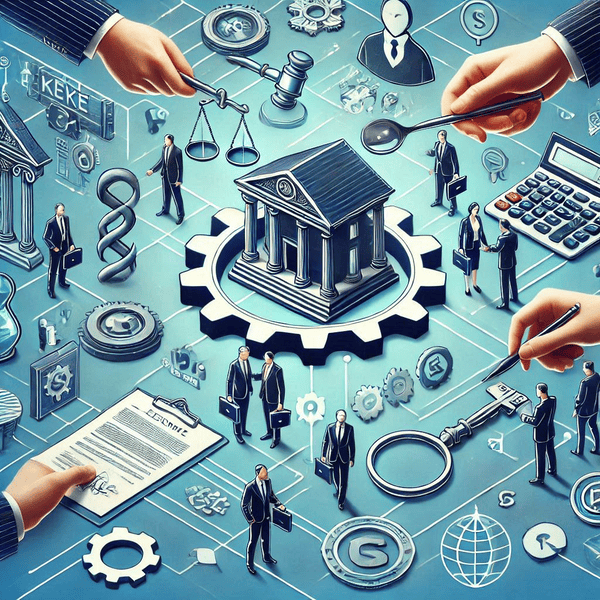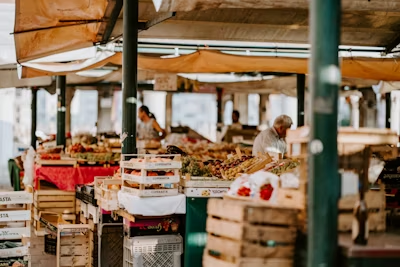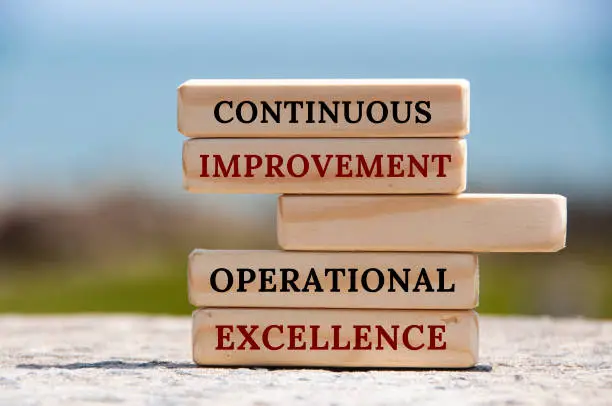Latvia has shown a promise to green business and sustainability. The public authority and associations support drives advancing harmlessly to the ecosystem. The Green Business Investment Program by the Investment and Improvement Organization of Latvia (LIAA) is one such model, offering backing to companies zeroing in on manageability. Moreover, Latvia has been engaged with European Association programs advancing environmentally friendly power and natural supportability.
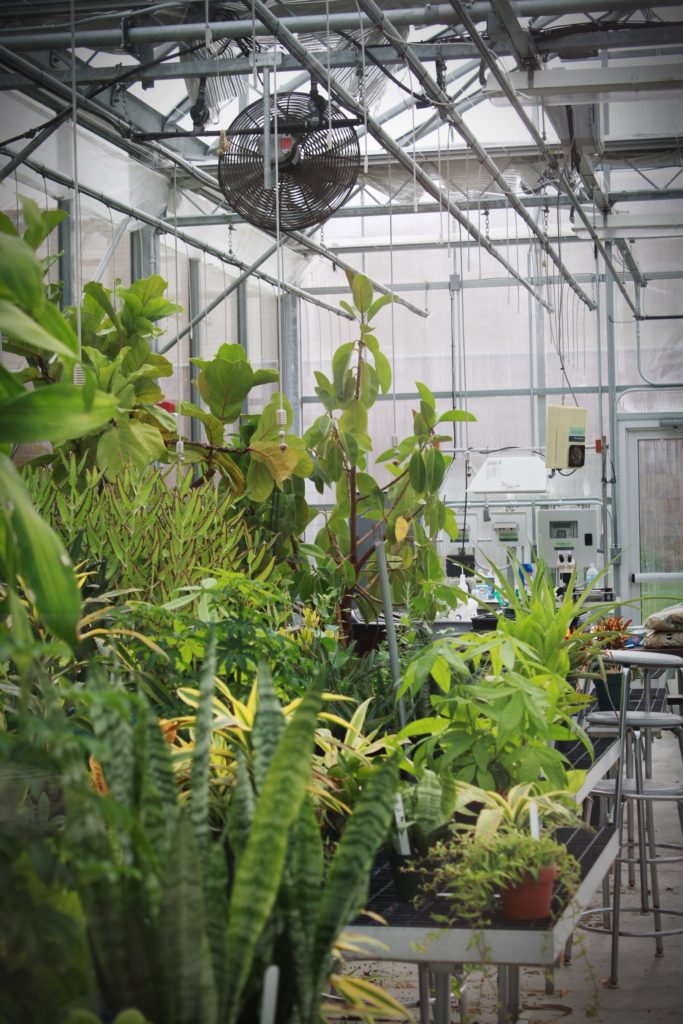
As per cabinet order No.46 taken on 4 February 2020, the Public Energy and Environment Plan for 2021-2030 set Latvia’s objectives and execution estimates in a few areas or exercises. Including the decrease of ozone-harming substance discharges and the expansion in the portion of sustainable power sources. Further developing energy proficiency, as well as further developing development, examination and seriousness.
Latvia is recognized as a nation with a high biological diversity on a global scale. There are currently four nature reserves here. As well as four national parks with reserves and restricted areas, one biosphere reserve, 261 nature reserves, 42 nature parks, and nine protected landscape areas.
Natural resources
Latvia’s normal assets are genuinely limited, subsequently, industry and families will continuously be subject to imports somewhat, especially of oil, petroleum gas, coal, metals and minerals. There are huge stores of quartz, dolomite, dirt, sapropel and peat here.
Latvia is wealthy in water resources, which completely addresses the nation’s issues. Over 12,400 rivers and around 4,000 lakes and conduits cover 3.7% of the nation’s region.
Latvia’s complete discharges of ozone-harming substances are the most minimal in Europe both in absolute emanations and outflows per capita (all out emanations have diminished by over 55% beginning around 1990).
Measures to achieve sustainable development in various sectors
Latvia has set a few targets and measures to accomplish feasible improvements in different areas, like energy, environment, climate, and economy. A portion of the central issues are:
Taking on a reasonable improvement procedure
Given broad conversations with specialists and the overall population, Latvia has taken on a supportable improvement procedure that will be active until 2030. It frames the state’s improvement rules as well as a spatial point of view.
Developed a National Energy and Climate Plan
In addition, Latvia has developed a National Energy and Climate Plan for 2021–2030 that, among other goals, aims to cut greenhouse gas emissions and increase the use of renewable energy sources.
Rich natural capital
Latvia has a rich normal capital, with 52% of its domain covered by woodlands and 12% by wetlands. It similarly has an alternate regular assortment, with more than 27,000 kinds of animals, plants, and organisms.
Especially in the management of waste, the production of biodegradable materials, the treatment of water, the farming of mussels, and the harvesting of algae. Latvia has major areas of strength for the improvement of green organisations. Latvia placed nineteenth in the Overall Legitimacy Index in 2021, with a score of 71.6 out of 100. It achieved high levels of forest cover and a low carbon intensity in the environmental dimension4.
Environmentally friendly power in Latvia
While delivering somewhat over 42.1% of its inland yearly energy utilisation from environmentally friendly power, Latvia has the third-largest proportion of renewables in absolute energy utilisation inside the EU (Eurostat, 2020).
Green genius to assemble large solar plants in Latvia
Sustainable power firm Green Genius has tied down licences to develop solar-based power offices here close to Jēkabpils, where a 120.8-megawatt solar-based power plant is arranged. With a 78-megawatt office close to Lithuania’s Šeduvė. By the middle of 2024, both projects are expected to begin construction.
Structure for sustainable development and green advancement
Latvia has an advanced and exhaustive system for sustainable development. It is defined by law and adheres to the principle of vertical (hierarchical) and horizontal coordination of planning documents. The procedure incorporates long-hauliers, objectives and activity lines, and is extensively steady with the SDGs. It depends on a capital way to deal with tical sustainable development. Which fundamentally centres around abundance creation inside the planet’s natural cutoff points, with an accentuation on the connection between ecological and monetary frameworks.
You can also find these articles helpful
Food and beverage production market overview in Latvia
Engineering and Metalworking market overview in Latvia
Green technology market overview in Latvia


